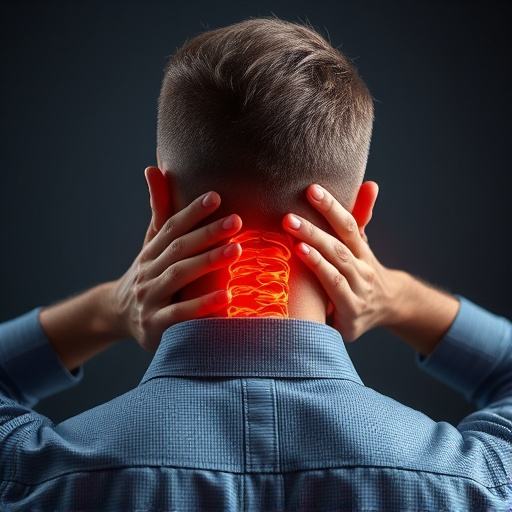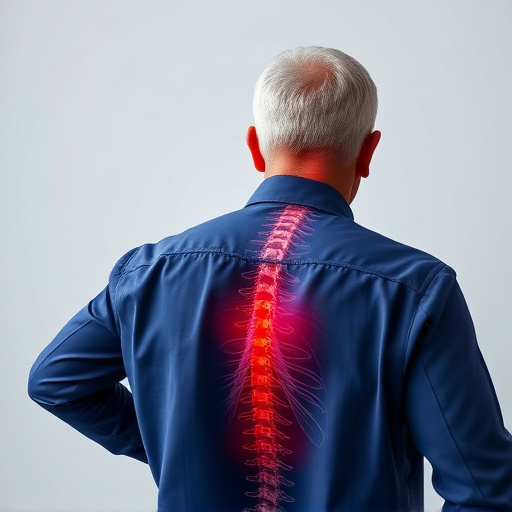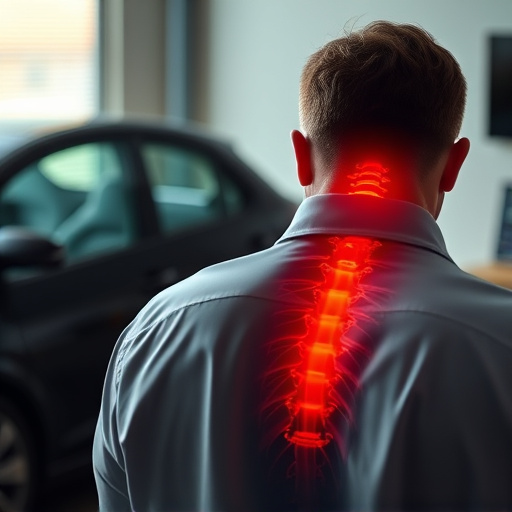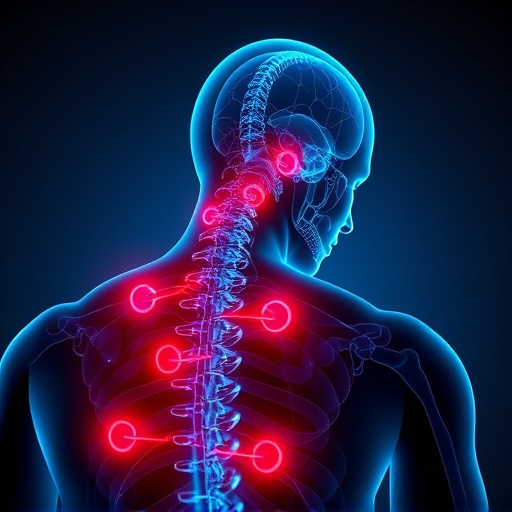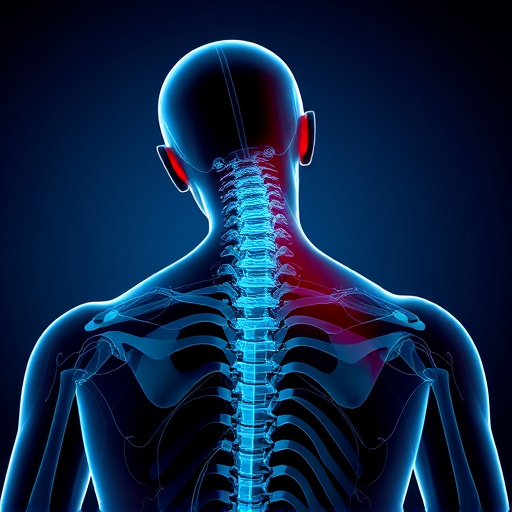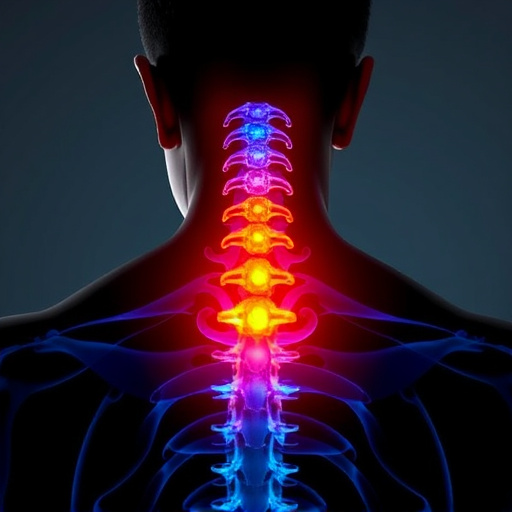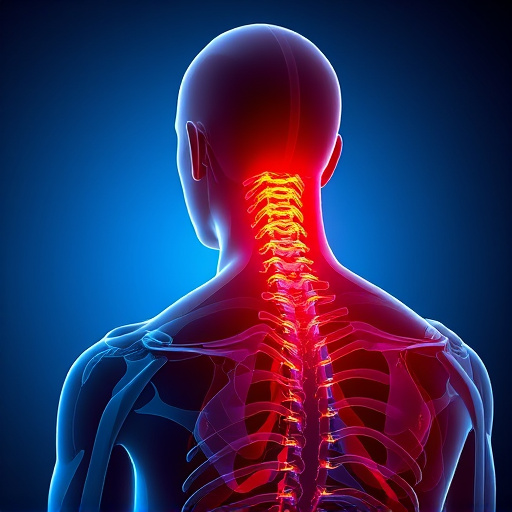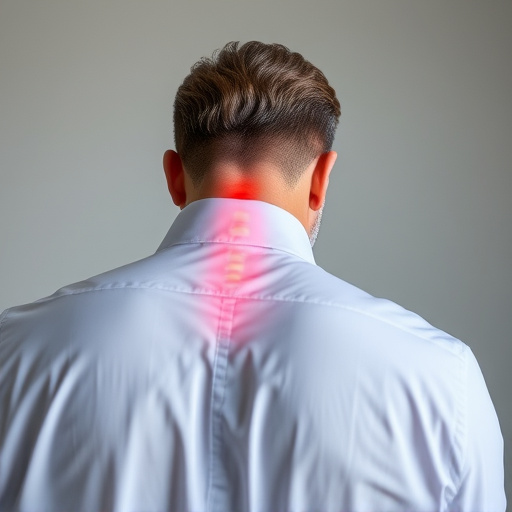Traumatic Brain Injuries (TBI) can cause significant neck and back health issues due to structural damage and muscle imbalances, leading to chronic pain that impacts mobility and daily life. Effective management requires a multidisciplinary team including neurologists, physical therapists, and mental health professionals. Specialized treatments like physical therapy, chiropractic adjustments, occupational therapy, stem cell therapy, neurofeedback, and virtual reality (VR) therapy offer tailored approaches for neck and back pain relief, cognitive recovery, and improved quality of life for TBI survivors. Post-recovery support combines physical, occupational, speech, and psychological therapies to address ongoing challenges like cognitive impairments, emotional distress, and persistent neck and back pain.
Traumatic brain injuries (TBI) can have profound effects on an individual’s health, including symptoms that impact neck and back pain. Understanding TBI is crucial for effective management and recovery. This article delves into the causes, symptoms, and specialized treatments for TBI, focusing on innovative strategies like physical therapy and advanced therapies aimed at neck and back pain relief. Additionally, it explores post-recovery support and rehabilitation to aid in the holistic healing process.
- Understanding Traumatic Brain Injuries (TBI): Causes and Symptoms
- The Impact of TBI on Neck and Back Health
- Specialized Treatment Approaches for TBI Patients
- Role of Physical Therapy in Neck and Back Pain Relief
- Advanced Therapies and Emerging Treatments for TBI
- Post-Recovery Support and Rehabilitation Strategies
Understanding Traumatic Brain Injuries (TBI): Causes and Symptoms
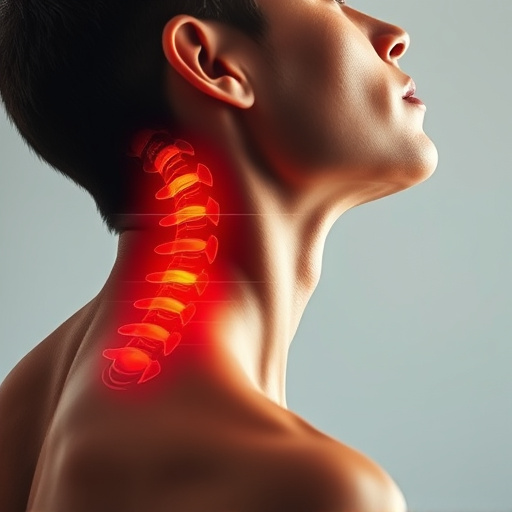
Traumatic Brain Injuries (TBI) are a serious concern, often resulting from a sudden impact or blow to the head. These injuries can range from mild concussions to severe, life-threatening conditions. Understanding TBI is paramount in ensuring effective treatment and management. Common causes include motor vehicle accidents, falls, sports-related incidents, and violent assaults. The severity of symptoms varies widely depending on the injury’s degree and location within the brain.
Immediate indicators may include loss of consciousness, confusion, headaches, nausea, and neck and back pain. Longer-term effects can be more subtle, encompassing cognitive issues such as memory problems, difficulty concentrating, and emotional changes like heightened irritability or depression. Addressing associated symptoms, including chronic neck and back pain relief, is an essential component of TBI care, often requiring a multidisciplinary approach involving neurologists, physical therapists, and mental health professionals.
The Impact of TBI on Neck and Back Health

Traumatic Brain Injury (TBI) can have far-reaching effects, including significant impacts on neck and back health. The trauma caused by a TBI often results in structural damage to the spine and muscle imbalances, leading to chronic neck and back pain. This pain relief is crucial for individuals with TBI as it directly influences their mobility, daily functioning, and overall quality of life.
Expert care plays a pivotal role in managing these symptoms effectively. Specialized treatments, such as physical therapy and chiropractic adjustments, can provide much-needed neck and back pain relief. These approaches focus on correcting spinal misalignments, strengthening supporting muscles, and improving flexibility, thereby reducing pain and promoting better recovery outcomes for TBI patients.
Specialized Treatment Approaches for TBI Patients
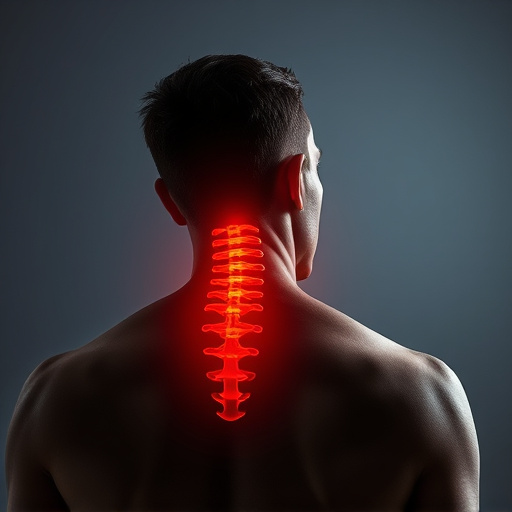
Traumatic brain injuries (TBI) often come with complex and diverse symptoms, making specialized treatment approaches crucial for effective recovery. One such critical area is addressing neck and back pain relief, as these regions are frequently affected in TBI patients. Specialized treatments can include physical therapy tailored to improve spinal mobility and reduce pain, utilizing advanced techniques like manual manipulation and targeted exercises to strengthen the neck and back muscles.
Additionally, occupational therapy plays a vital role in restoring daily functioning by teaching patients adaptive strategies for activities of daily living. This tailored approach ensures that each patient receives comprehensive care that addresses their unique needs, promoting better outcomes and improved quality of life post-TBI.
Role of Physical Therapy in Neck and Back Pain Relief

Physical therapy plays a pivotal role in managing and alleviating neck and back pain, especially after a traumatic brain injury (TBI). Trained therapists employ a multi-faceted approach to address these issues, focusing on both the physical and cognitive aspects of recovery. Through tailored exercises and manual techniques, they help restore mobility, strengthen supporting muscles, and reduce inflammation in the affected areas.
The goal is not just to provide temporary relief but to empower individuals with long-term strategies for managing their pain. This may include education on posture correction, ergonomic adjustments, and specific stretches or exercises to be practiced at home. By combining these interventions, physical therapy offers a comprehensive solution for achieving and maintaining neck and back pain relief post-TBI.
Advanced Therapies and Emerging Treatments for TBI
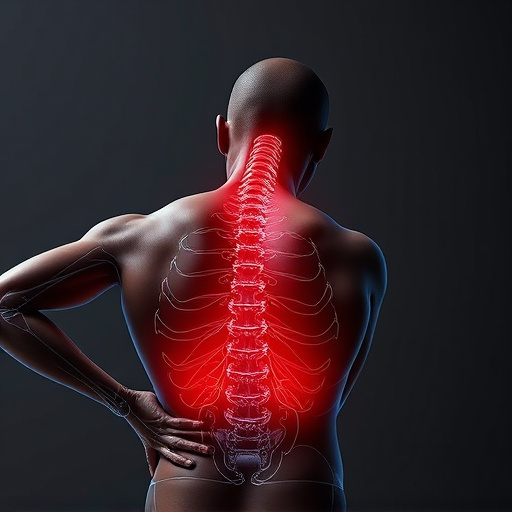
In the realm of traumatic brain injuries (TBI), advanced therapies and emerging treatments are revolutionizing care, offering new hope for those affected. Beyond traditional rehabilitation, innovative approaches like stem cell therapy and neurofeedback show promising results in enhancing recovery. These cutting-edge methods aim to address not only cognitive functions but also often associated neck and back pain relief, improving the overall quality of life for TBI survivors.
Additionally, virtual reality (VR) therapy is gaining traction as a game-changer in TBI rehabilitation. VR provides immersive environments that can help patients navigate their recovery journey more effectively, from managing balance issues to improving motor skills. This technology not only offers engaging and adaptive training but also serves as a powerful tool for pain management, especially when combined with other therapeutic interventions, ensuring a holistic approach to treatment.
Post-Recovery Support and Rehabilitation Strategies
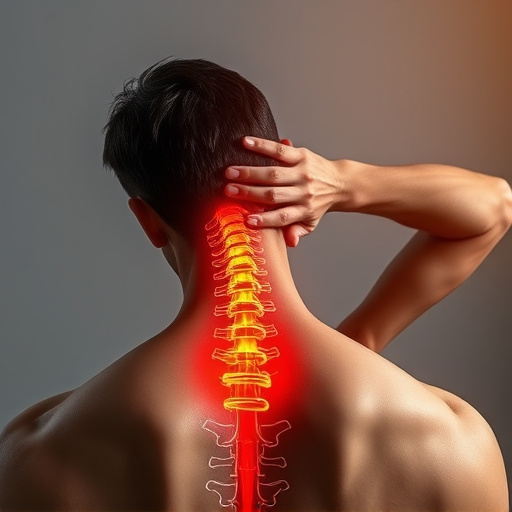
Post-recovery support and rehabilitation strategies are integral to the holistic care of individuals with traumatic brain injuries (TBI). As many survivors face ongoing challenges such as cognitive impairments, emotional distress, and physical symptoms like neck and back pain relief, specialized programs can significantly enhance their journey towards full recovery. These strategies often involve a multidisciplinary approach, combining physical therapy, occupational therapy, speech therapy, and psychological support to address the diverse needs of each patient.
Rehabilitation focuses on improving daily functioning, enhancing cognitive abilities, and promoting emotional well-being. For instance, physical therapists can help manage neck and back pain through tailored exercises and manual therapy, while occupational therapists assist in regaining skills for daily living tasks. Speech therapists play a crucial role in addressing communication and swallowing difficulties. Additionally, psychological interventions support individuals in coping with the emotional impact of TBI, fostering resilience, and improving overall quality of life.

